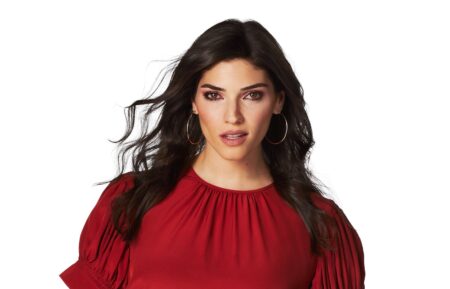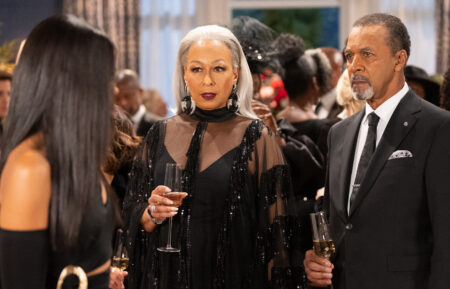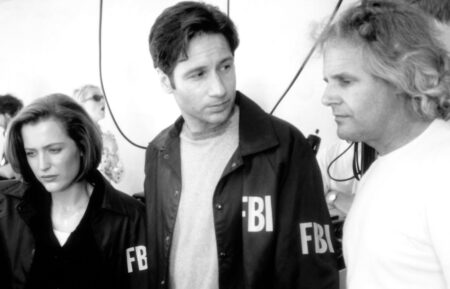Speak to Me: Why Narrators Are Suddenly Everywhere on Television
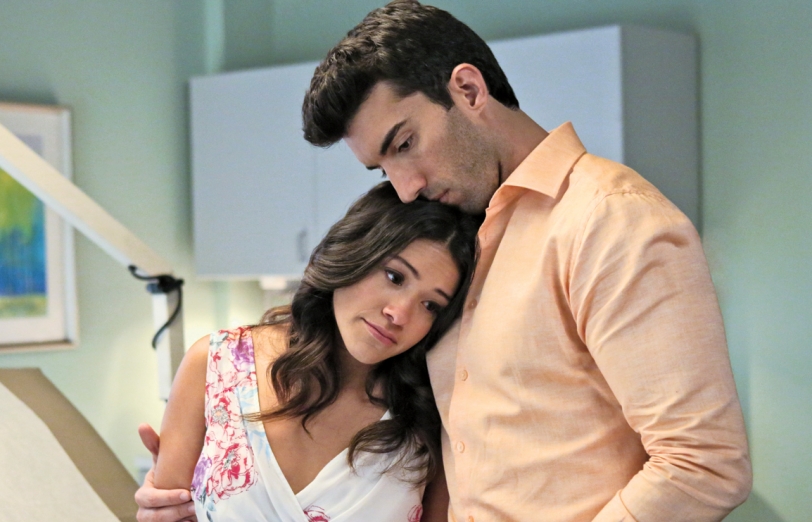
It’s one of the oldest characters in TV history. From Rod Serling welcoming viewers into the twisted Twilight Zone to Mary Alice Young chronicling her neighbors’ adventures on Desperate Housewives, narrators play an important part in storytelling by providing a point of view for the audience. Recently, writers have been tweaking the device and challenging the traditional use of a voice-over.
“Narrators are more successful when they’re specific and not just for exposition,” says Jennie Snyder Urman, showrunner of The CW’s Jane the Virgin. For this series, the narrator (Anthony Mendez) provides a playful and opinionated take that guides viewers through the telenovela-inspired world of its main character. “I wanted the audience to feel like they were in the hands of a storyteller, and that reflects back on Jane, whose life becomes suddenly more fantastical and outrageous,” Urman adds. “There are so many plates spinning, so he can help clarify things and give us an extra layer of insight.”
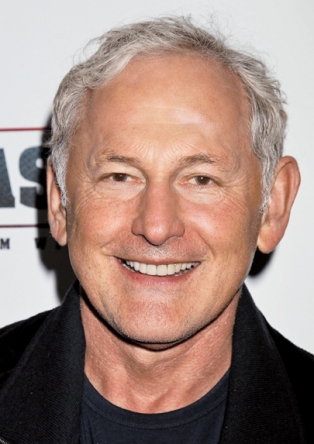
But how much narration is too much? Walter F. Parkes, executive producer of NBC’s The Slap, says the decisions regarding the use of its narrator (Victor Garber) are made in the editing room. “We write it, we record it, and then we try to take as much out as possible,” he says. “[Voice-over] can’t be used as a crutch. The stories have to work without it, so hopefully it adds a detached and ironic comment about what’s going on.”
Narration can also highlight the perspectives of different characters, a strategy most recently employed by Showtime’s The Affair. In the case of Netflix’s House of Cards, star Kevin Spacey sometimes addresses viewers directly. Parkes sees no creative limitations with the device. “The one thing that’s never going to change about television is it’s essentially about character, and narration can be a very valuable tool in that regard,” he says. “It has to be used carefully. But if you have one more arrow in your quiver, why not use it if it helps you hit the target?”


